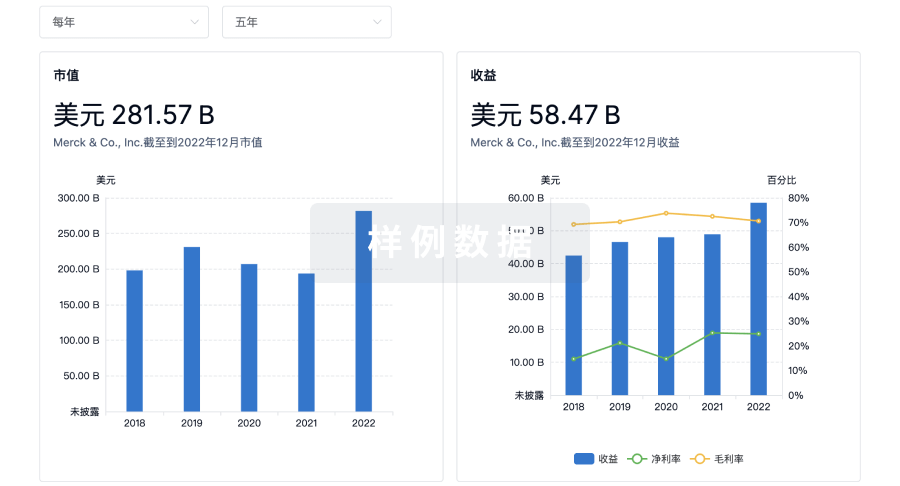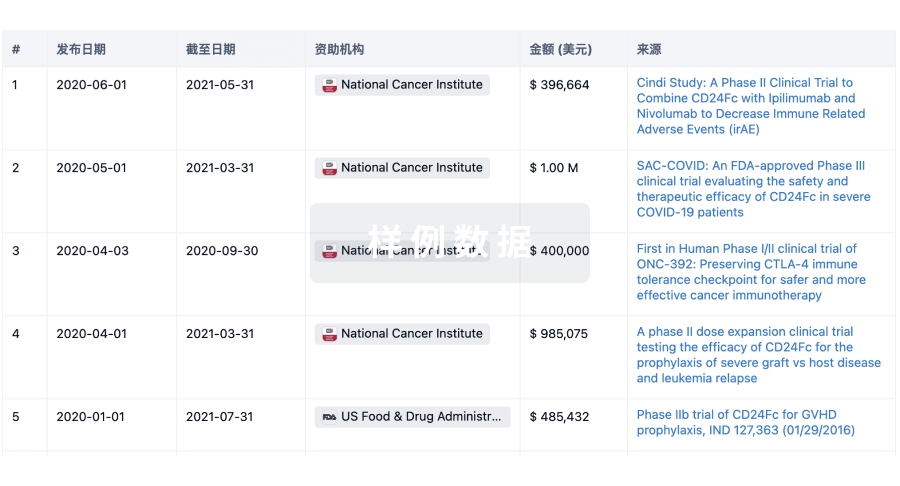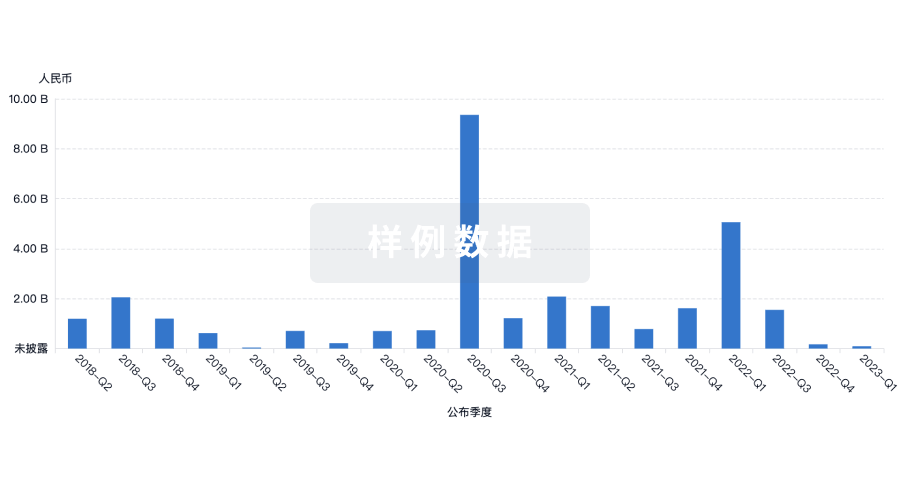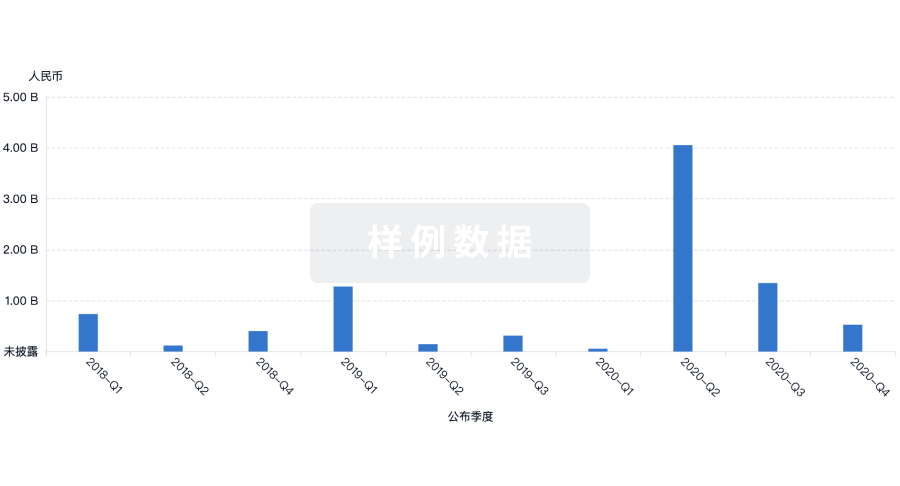预约演示
更新于:2025-08-29
Defence Research Establishment Suffield
更新于:2025-08-29
概览
关联
100 项与 Defence Research Establishment Suffield 相关的临床结果
登录后查看更多信息
0 项与 Defence Research Establishment Suffield 相关的专利(医药)
登录后查看更多信息
91
项与 Defence Research Establishment Suffield 相关的文献(医药)2002-06-01·Hybridoma and hybridomics
Development of a Second Generation Monoclonal Single Chain Variable Fragment Antibody against Venezuelan Equine Encephalitis Virus: Expression and Functional Analysis
Article
作者: Alvi, A.Z. ; Fulton, R.E. ; Suresh, M.R. ; Nagata, L.P. ; Chau, D.
We have generated a single chain variable fragment (ScFv) antibody from a well-characterized monoclonal antibody (MAb) against Venezuelan equine encephalitis virus (VEE), by cloning variable regions of the heavy (V(H)) and the light (V(L)) chain antibody genes, connected by a DNA linker, in phagemid expression vector pCANTAB 5 E. MAb 1A4A1 was successfully cloned as a ScFv in Escherichia coli strain TG-1 and expressed as a approximately 30 kDa ScFv protein which was functional in recognizing VEE by ELISA. Results were reproduced in Escherichia coli strain HB2151 where the same clone, designated A116, was expressed primarily as soluble periplasmic protein. The 30 kDa A116 antibody displayed weak binding specificity to VEE antigen. Sequence analysis revealed a frame shift in the N-terminal region of the V(L) domain, upstream to the complementarity-determining region 1 (CDR1), as the probable cause of reduced activity. The protein sequence of A116 was highly homologous to published murine ScFv protein sequences except in the region of the identified frame shift.
2002-04-01·British Journal of Pharmacology
Stimulation of Ca2+ influx through ATP receptors on rat brain synaptosomes: identification of functional P2X7 receptor subtypes
Article
作者: Frew, Robert ; Mi, Lei ; Gong, Wenrong ; Hamilton, Murray G. ; Sawyer, Thomas W. ; Vair, Cory ; Lundy, Paul M.
ATP receptors of the P2X class have previously been identified on autonomic nerve endings and on a limited population of CNS neurons.In the present study P2X receptors on mammalian cortical synaptosomes have been identified by a variety of functional and biochemical studies. In choline buffer ATP analogues caused concentration/time dependent Ca2+ influx. Relative to the effects caused by ATP, benzoylbenzoyl ATP (BzATP) was about seven times more active than ATP while 2‐me‐S‐ATP and ATPγS were much less active. α,β‐me‐ ATP and β,γ‐me‐ATP were virtually inactive. In sucrose buffer, relative to choline buffer, the activity of BzATP was more than doubled while activity in sodium buffer was reduced. Moreover, the P2X antagonists PPADS or Brilliant Blue G both significantly attenuated influx. These observations suggest the presence of P2X receptors on synaptosomes which subserve Ca2+ influx. This activity profile of the ATP analogues and the response to blocking agents are characteristic of responses of P2X7 receptors.Influx was unaffected by the VSCC inhibitors ω‐CTx‐MVIIC and (−) 202 – 791, indicating that ATP induced Ca2+ influx occurred primarily through P2X receptors.P2X7 receptor protein was identified by Western blotting and immunohistochemical staining. Purified preparations were devoid of significant concentrations of GFAP or the microglial marker OX‐42 but contained greatly enriched amounts of syntaxin and SNAP 25.The various pharmacological and biochemical studies were all consistent with the presence of functional P2X7 receptors.British Journal of Pharmacology (2002) 135, 1616–1626; doi:10.1038/sj.bjp.0704624
2002-01-01·AIP conference proceedings
Momentum Transfer during Shock Interaction with Metal Particles in Condensed Explosives
作者: Gonor, Alexander L. ; Zhang, Fan ; Thibault, Paul A. ; Link, Rick
Detonation propagation in a condensed explosive with compressible metal particles can result in significant momentum transfer between the explosive and the particles during the shock-particle interaction.Consequently, the classic assumption of a "non-momentum-transfer shock" used in multiphase, continuum detonation initiation and propagation models may not be valid.This paper addresses this issue by performing numerical and theor. calculations in liquid explosives and RDX with various compressible metal particles under conditions of detonation pressure.The results showed that immediately behind the shock front the velocity of particles such as Al and Mg can achieve 60-94% the value of the shocked velocity of the explosive.
100 项与 Defence Research Establishment Suffield 相关的药物交易
登录后查看更多信息
100 项与 Defence Research Establishment Suffield 相关的转化医学
登录后查看更多信息
组织架构
使用我们的机构树数据加速您的研究。
登录
或

管线布局
2025年09月04日管线快照
管线布局中药物为当前组织机构及其子机构作为药物机构进行统计,早期临床1期并入临床1期,临床1/2期并入临床2期,临床2/3期并入临床3期
其他
1
登录后查看更多信息
药物交易
使用我们的药物交易数据加速您的研究。
登录
或

转化医学
使用我们的转化医学数据加速您的研究。
登录
或

营收
使用 Synapse 探索超过 36 万个组织的财务状况。
登录
或

科研基金(NIH)
访问超过 200 万项资助和基金信息,以提升您的研究之旅。
登录
或

投资
深入了解从初创企业到成熟企业的最新公司投资动态。
登录
或

融资
发掘融资趋势以验证和推进您的投资机会。
登录
或

Eureka LS:
全新生物医药AI Agent 覆盖科研全链路,让突破性发现快人一步
立即开始免费试用!
智慧芽新药情报库是智慧芽专为生命科学人士构建的基于AI的创新药情报平台,助您全方位提升您的研发与决策效率。
立即开始数据试用!
智慧芽新药库数据也通过智慧芽数据服务平台,以API或者数据包形式对外开放,助您更加充分利用智慧芽新药情报信息。
生物序列数据库
生物药研发创新
免费使用
化学结构数据库
小分子化药研发创新
免费使用